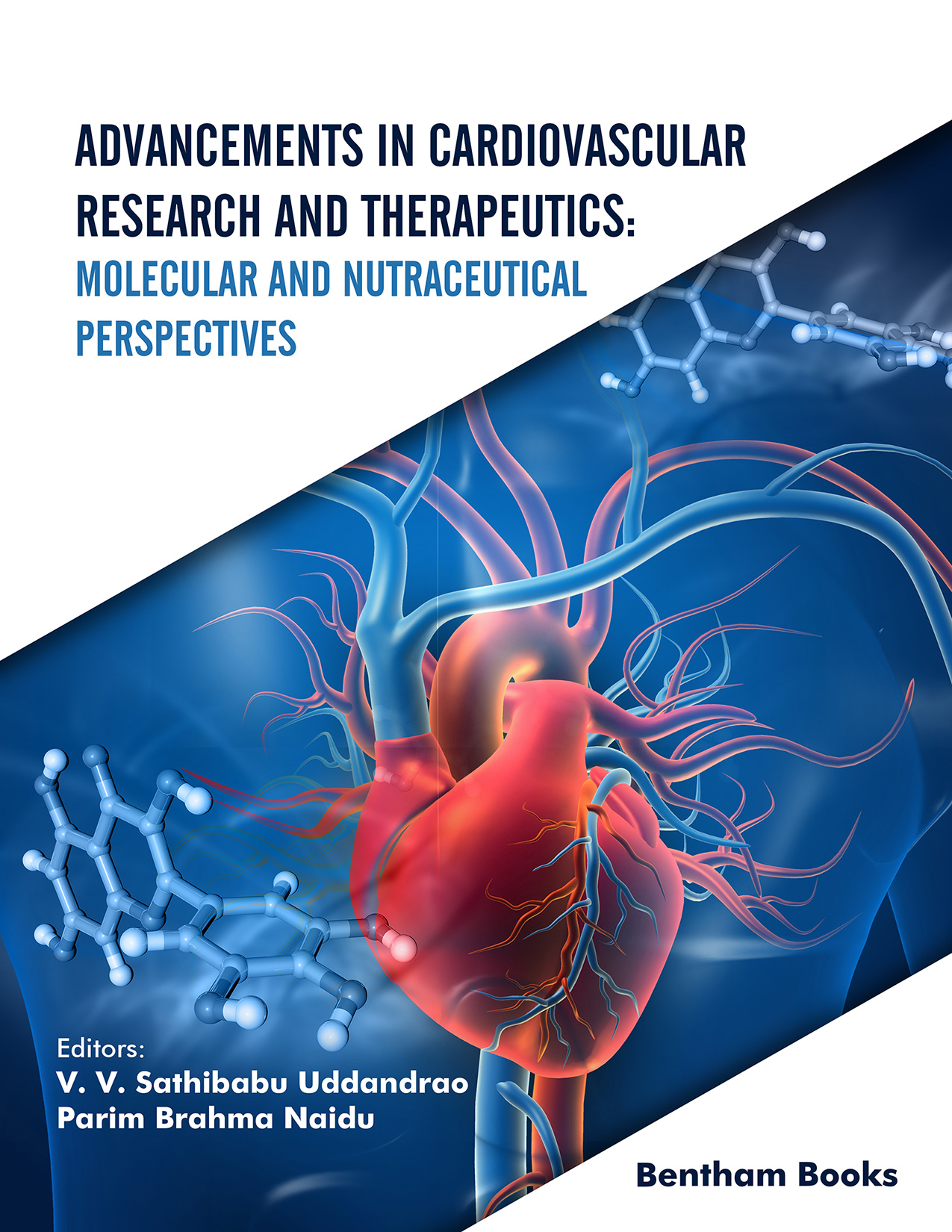Introduction
This reference summarizes recent advancements in knowledge about cardiovascular disease and pharmacology. The goal of the book is to inform readers about recent findings on cardiovascular therapeutics and how to conduct experiments to evaluate natural products. It presents 10 chapters that cover basic clinical research on cardiovascular diseases and therapeutic agents derived from natural sources. The book concludes with a series of experiments that demonstrate the methods to test the ameliorative effects of 3 phytochemicals: Biochanin A (red clover), Zingiberene (ginger oil) and Betaine (sugar beet).
Key Features:
- 10 chapters that highlight recent research cardiovascular medicine and pharmacology
- Covers knowledge about basic cardiovascular physiology, congestive heart failure treatment and the treatment of heart inflammation.
- Covers uses, benefits, and drawbacks of numerous rodent and non-rodent animal models for studying CVD
- Updates readers about 21st-century CRISPR-cas9 technology and its uses in CVD.
- Covers the significance of Indian Ayurvedic techniques on the cardiovascular system,
- Covers information about nutraceuticals for CVD therapy
- Includes experiments to evaluate 3 phytochemicals for the treatment of different heart diseases such as hypertension, obesity-cardiomyopathy and the mitigation of inflammatory cytokines in myocardial infarction.
This book is an informative resource for cardiologists, and researchers working in the field of cardiovascular pharmacology. It also helps readers to understand the benefits of herbal medications that are commonly available for consumption in homes.

